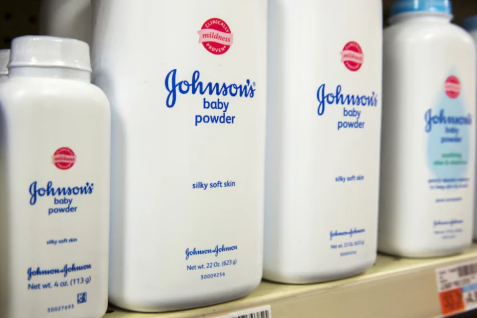On Wednesday, a group of cancer victims sued Johnson & Johnson, accusing the healthcare company of fraud. They allege that J&J used a shell company’s bankruptcy to resolve tens of thousands of lawsuits claiming its talc products contained asbestos and caused cancer.
Five plaintiffs, representing over 50,000 people who have sued J&J, filed the proposed class action in New Jersey federal court. They argue that J&J’s bankruptcy strategy aimed to “hinder, delay, and defraud” the plaintiffs, preventing them from having their day in court.
“Johnson & Johnson is playing a dark game of chess with this country’s financial and judicial systems,” said Mike Papantonio, an attorney for the cancer plaintiffs.
However, Erik Haas, J&J’s worldwide vice president of litigation, dismissed the lawsuit as a “Hail Mary pass” by plaintiffs’ lawyers who oppose the company’s latest proposed bankruptcy settlement.
“Why are they so desperate to stop the vote?” Haas asked, emphasizing that J&J aims for a full, fair, and final resolution of the litigation.
Most talc lawsuits involve women with ovarian cancer, with other cases linked to mesothelioma, a deadly cancer associated with asbestos exposure. J&J maintains that its baby powder and talc products are safe, asbestos-free, and non-carcinogenic.
In 2021, J&J employed a corporate maneuver called the “Texas two-step” to place its talc liabilities into a new subsidiary that then filed for bankruptcy, halting lawsuits against J&J itself.
However, courts ruled that J&J and its subsidiary were not in financial distress, making them ineligible for bankruptcy. On May 1, J&J announced plans to pursue a third bankruptcy after securing enough votes for a $6.48 billion talc settlement.
The latest lawsuit seeks a ruling that the Texas two-step transaction was fraudulent, claiming it was designed solely to protect J&J’s assets from talc litigation.
It also challenges subsequent transactions, including J&J’s spinoff of its consumer health business, Kenvue, as fraudulent, and seeks compensatory and punitive damages.
J&J asserts that the planned third bankruptcy will differ by having support from over 75% of those with talc-related claims. The company has streamlined this proposal by reaching separate settlements with law firms representing mesothelioma victims and U.S. states that alleged J&J failed to warn consumers about the dangers of its talc products.
Litigation resumed after J&J’s second bankruptcy attempt was dismissed. In recent trials, J&J was ordered to pay $45 million in a mesothelioma case while winning an ovarian cancer case.



